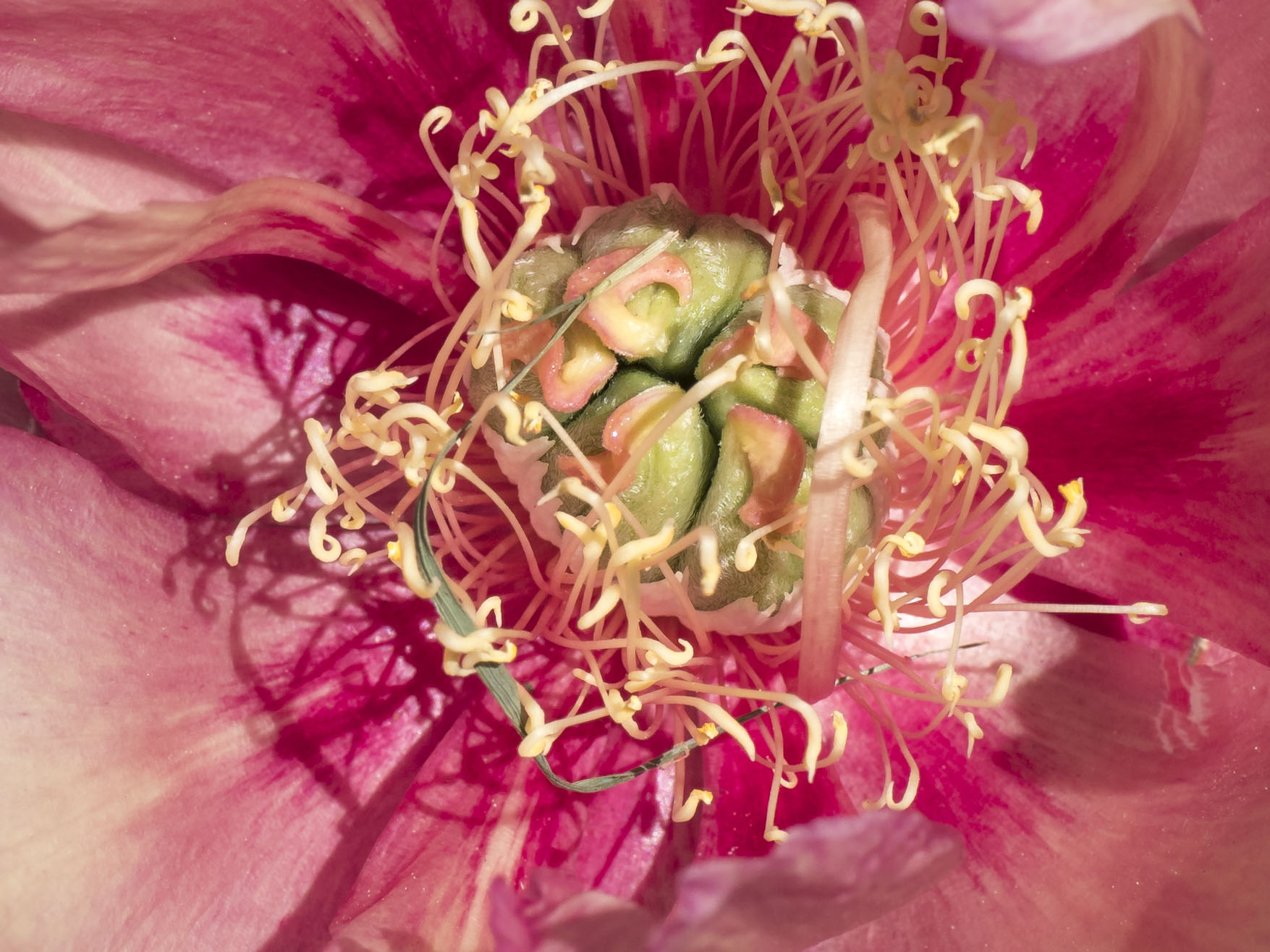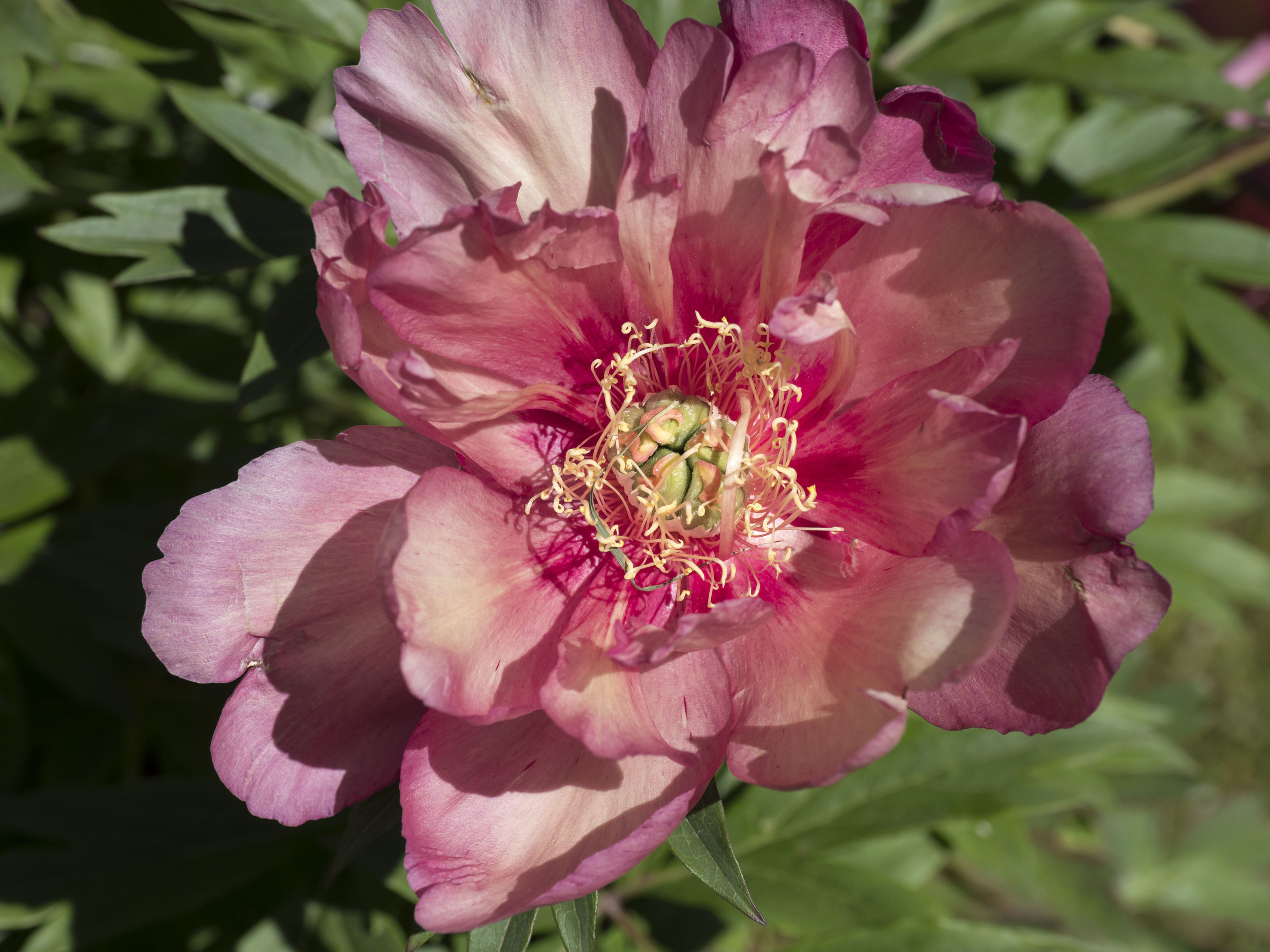Nut case alert. The following may all be bunkum, based purely on intuition and personal bias..
Not overly superstitious, I do believe in intuition and gut feelings. Nature has blessed us with the innate ability to feel trouble coming or when something is right, but we have learned to ignore many of these “life’s sign posts”.
Sometimes a camera and lens just seem to like each other. I have 3 EM5’s, all cosmetically different, but the differences do not end there. Each seems to “take” better to some types of photography with certain lenses better than others.
I have had plenty of perfect matches in the past, each good at that one or a few specific things, but often poor at others. The european thing would be to keep each for it’s assigned task, but boring simplicity has forced me to part with some and commit to one.
5D mk2 and Voigtlander 40mm f2. This worked brilliantly as a low angle street set-up. The manual focus markings, smooth MF and small size of the lens allowed me good control and form factor on the 5D, although the camera lacked accuracy with the lens for eye level MF without a replacement screen.
The FF body seemed small in the hand with the 40mm pancake. In one walk through this market, I netted 20-30 useful images. The same walk months later with an XE-1 and 27mm was far less successful.
F1n and FD 50mm f1.4. This was the ideal one camera-one lens-one for a year kit in it’s day. The two just worked and produced great images. I had lots of other lenses at the time and no great love for the 50mm focal length, but this kit worked well enough to force itself into my hands.
EM5 and 50mm f1.4 Zeiss. Manual focus and a little too long, never the less this pairing worked a treat. The micro contrast of the lens and EM5 sensor were a near perfect match. I even found focussing it without peaking to be a more on than off dynamic, but not ideal for consistency. The Novoflex adapter I had was also a good tight fit making the lens feel genuine.
EOS A2 and 28-105. This lens had an odd history with me. I loved it some times, hated it others. It may have been a calibration thing, but on the A2 (EOS 5 without eye focus), the lens seemed to be faultless and capable of rendering it’s subjects delicately and three dimensionally.
EM5 and 17mm. This lens is a good fit on either of the older two EM5’s. It makes these cameras as good as they can be. The lightning fast AF and gentle, controlled tonal rendering seem very settled on these bodies. The wider AF area never seems to be an issue with this lens, where the newer EM5n (firmware updated) works better with the tighter focus area option.
So reliable.
EM5 and 75-300. Punching well above it’s weight, this lens has pulled off shots that have settled my regrets about selling the 400L Canon lens. The EM5 files have much on common with the files form the 1Ds Mk2 and this plasticky little lens is close to matching the Canon optically but is 1000% easier to carry and use. The only negative was slowish AF compared to the best Olympus lenses, but on the EM1 that is much less of an issue.
Even hand held at 1/30th this 600mm equivalent pulls off some miracle shots. At it’s worst (wide open at the 300mm end) it is convincing, at it’s best (75-200 stopped down 1 stop) it is utterly brilliant.
EM5 and 75mm. The newest EM5 mk1n and the 75mm are responsible for some of my favourite images. This lens shines in any circumstance, but this EM5n with it’s small area AF is more accurate allowing the f1.8 aperture to shine. The newer cameras are also excellent, but the EM5n and 75 have earned their stripes. I really should firmware update the other two, but I am a little hesitant as they are fine for the roles they fill.
1D2 Mk2 and 100 macro USM. Capable of snatching flying insects out of the sky or “perfect” fine art mono images, this combo filled me with confidence. The camera was a little dated by the time the pair were separated, but I would back it for any “portrait” style job near or far.
The 1Ds AF in low light was a bit patchy, but in good light it was cutting edge.
The 5d mk2 and 85mm f1.8. This little gem fit most Canon’s well, but the 5D2 and it were well suited. I could find the shutter on the Mk2 a little clunky. This was better feeling with some lenses and the 85 was one of them. The 135 f2L had much the same dynamic, although for some reason I preferred that one used as a 200mm on a crop frame.
1D2 Mk2 and 400mm with optional 1.4x converter. This little super tele and camera got the job done. I would go so far as to say, this camera was the best I have owned for any longer lens work.
The original file (lost for the moment) is of the whole monkey and a fair amount of the enclosure in landscape orientation (this is only 850 kb). It was taken hand held at 1/125th with the 1.4x ext. I had a friend with a 5d2 and lots of “L” glass who had never seen quality like this.
There is that excellent day time AF again.
Really, really good (this was taken with the humble 450D)
Pen F and 12-100. Although a camera designed for street and documentary photography, this camera’s sensor and lens just sing together. The sensor is the best Olympus has to offer at the moment for clean, low ISO, high sharpness images and the “hard sharp”, high contrast lens suits it down to the ground, rendering with near perfect clarity. Not a great fit in the hand for me, this combo is perfect on a tripod.


Pen F and 45mm black. Simply brilliant. The silver one tests much the same, but just does not do it for me.
OM4 Ti and 180 f2.8. This was a short lived pairing. It was a shame* as the images it took haunted me for years. My first foray into Olympus back in the 90’s was a shared experience with a huge Canon FD mount kit. Having an insanely expensive 300 f2.8 for the Canon forced the point at the time. 20:20 hindsight is a bitch.
XA-1 and 14mm. Not one much for wide angle lenses, this pairing felt strangely natural. The 21mm equivalent lens was the most natural feeling wide angle I have ever used and the XA-1 avoided the “water colour” issues of the X-Trans sensor. Like the Pen-F, this kit was perfect for landscape work, more so than any of the other model of Fuji I tried at the time (the XT 100 is very tempting).
Actually taken with the XE-1, but a good example of the lens’s unique, not obviously wide, look.
XA-1 and 27mm. Same as above, only a less obvious fit. The XA-1 14/27/60 macro, were in hindsight (again), a very powerful landscape set-up. If my jitters over the Adobe/Fuji incompatibility were less real and I used it more (I was not doing landscapes much at the time), this little kit would have served me well.
NEX 7 and 50mm f1.8. Not the best sensor/camera interface, nor the best lens in the range. I loved this pair for mono work. Black and whites were crunchy, contrasty and lush and Bokeh very gentle. The files did not look like film negatives as such, but more like good film era prints.
Delicate highlights, crunchy shadow detail. very film like.
*Loyalty to camera gear is a funny thing. years ago I parted with my Canon T90. That point was a change in attitude that broke any loyalty I had with Canon or gear of any type. No matter how many cameras Canon produced, how much their technology changed, I had little loyalty to my gear. I was on the hamster wheel, constantly upgrading, scheming, honing. The 135, 400L’s the 70-200 non IS, the 85mm, 100 macro and Voigtlander 40mm all hold a special place in my memory now, but at the time were surprisingly easy to part with (the cameras, for one reason or another and overall weight broke the system for me as well as the lack of a more practical 40mm).
My ideal Canon kit now would be a full frame (6D mk2) and crop frame (7D/80D) body combo, with 24 (40) T/S L, 40 (65) pancake (not available when I exited Canon), the 40mm Voigtlander also as a point of difference, 50 (80) macro, 85 (135) f1.8, 135 (200)L (or 70-200 (100-300) f4L non IS or the new IS one), 400 (640) f5.6L. In all honesty, i Canon had produced the 40mm a year earlier, I probably would have stayed with them, but in a lot of ways, I am glad they didn’t.
Olympus on the other hand was always a wrench to part with. The 90 f2 macro, 180 f2.8, 50 f2 macro and 28 f2 were true paragons of the lens makers craft (they would have been a good fit for modern M43 cameras). The impracticality of keeping them at the time, along side an overly complete Canon kit out weighed the respect I had for them, but hindsight (as mentioned before), is a bitch.














